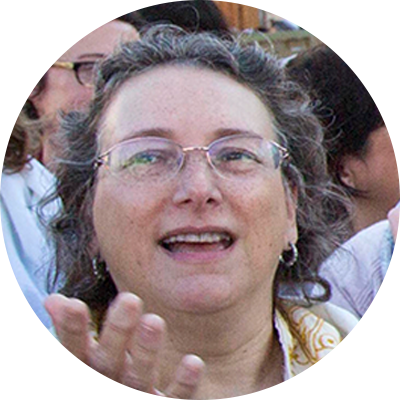
(thanmano / Shutterstock.com)
Sometimes it takes a crisis to get people to think of out of the box solutions. That’s exactly what happened when the Covid pandemic began. The usual way of monitoring patients puts medical staff at risk of exposure to the deadly virus.
That’s when professor Yonina Eldar from the Weizmann Institute of Science set out to find a better way, according to a press release from the institute. Now a new technology that uses radar to remotely monitor health has just been introduced.
“In the midst of the health crisis, I felt frustrated to just be sitting back and not doing enough,” she said in the press release. “Addressing this problem fit in well with my research interests. It has long bothered me that when it comes to technological innovations, the world of health lags far behind areas such as communications or entertainment. For example, we can use cell phones or play computer games hands-free, but in standard practice a doctor still uses a stethoscope to examine a patient, just like a hundred years ago.”
Eldar and her team decided that they had to develop a new technology for remotely monitoring the health of patients without putting doctors at risk. That’s when they looked at the possibility of using radar.
Why Radar
While most people think of radar to track airplanes landing at busy airports or in a military setting; radar has many more uses. In the vehicle industry, radar is used for autonomous vehicles.
That’s because radar tracks objects by emitting electromagnetic waves and then interpreting the way these waves bounce back after hitting the object.
“Radar devices are small, inexpensive, and convenient, and they emit waves that are safe for humans. They’ve been used, for example, to count the number of people in a room or make sure no baby is left behind in a car, Eldar said. “So, I thought, Why not apply radar to monitor patients remotely?”
Introducing BRAHMS
After five years the Bio-Radar Health Monitoring System BRAHMS was unveiled, reported Israel21c. The system is able to monitor vital signs remotely by tracking chest movements and interpreting them through an algorithm that was developed at Weizmann.
Currently, the system can measure heart rate, breathing, and lung function. Future plans include measuring blood pressure and breathing patterns. It may be possible to even detect sleep apnea.
The BRAHMS system can be used to remotely monitor multiple patients at the same time and it sends measurements to a monitor. The wave that is used is sensitive enough to detect even tiny displacements.
Once the system is developed for commercial use, it can be installed in ERs, ICUs, and in care homes for the elderly. This is especially important because it could help alleviate discomfort from wires and from the accidental detachment of wires in addition to protecting medical staff from infectious diseases.
The system was built by using an approach that integrated algorithm development, designing and building hardware and the combination of engineering, mathematics, and physics to solve a real-life problem. Remote monitoring could save countless lives by this creative solution.
YOU MIGHT ALSO LIKE:
Wearables are Watching Over Your Wellness
Robot Teaches Itself to Perform Surgical Tasks
Israeli MedTech Could Help Detect Cancer With a Simple Blood Test







